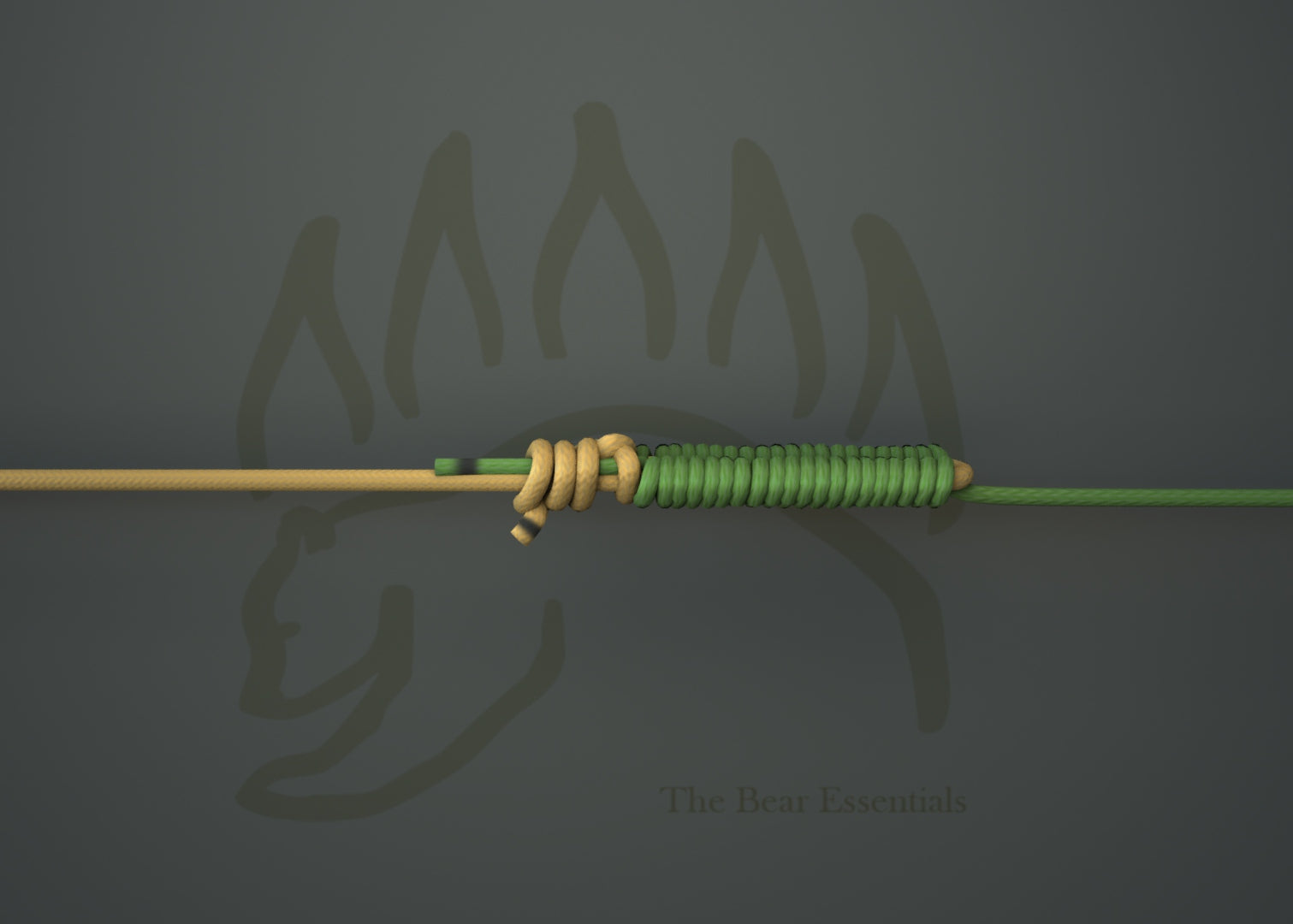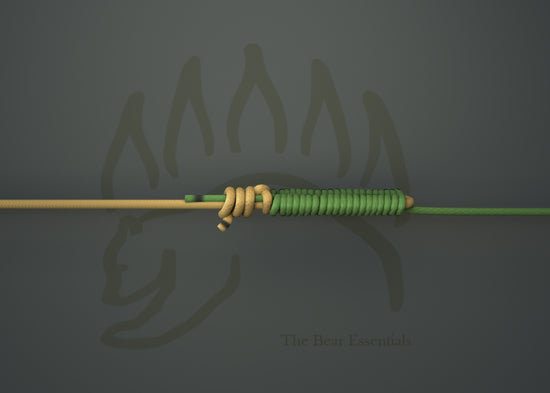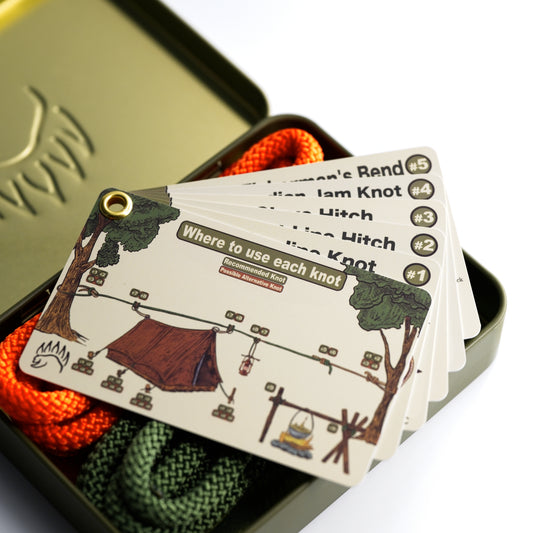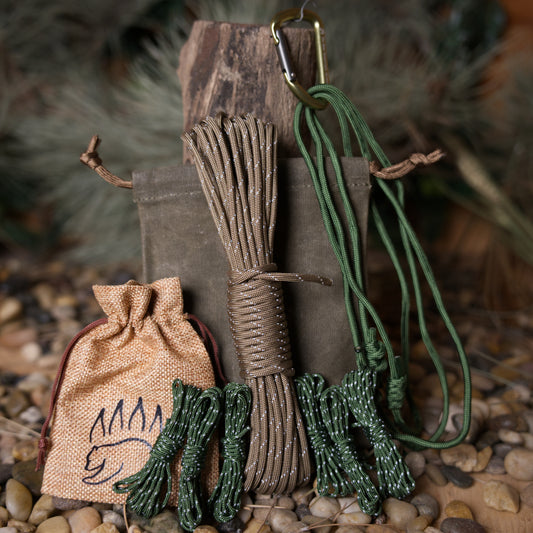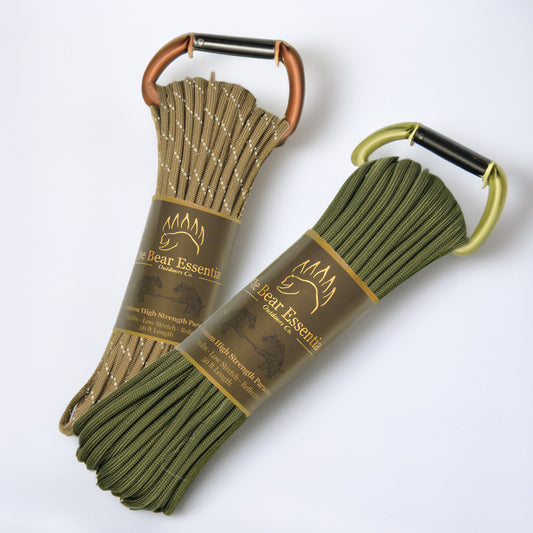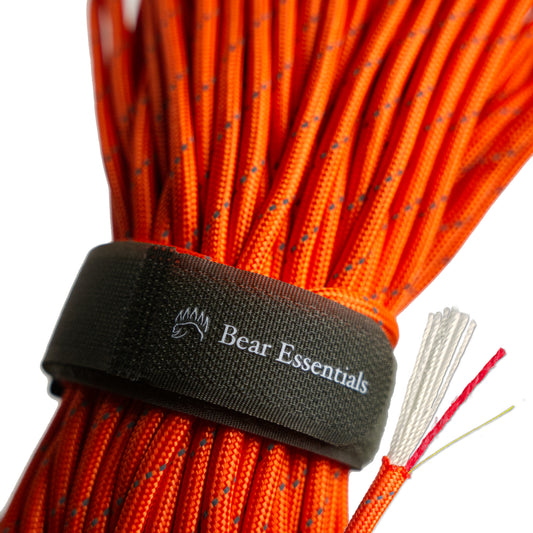How to Tie the FG Knot
Usage
The FG Knot is a specialized fishing knot used to join a braided main line to a fluorocarbon or monofilament leader. It offers a strong and slim connection, ideal for heavy-duty applications and passing through rod guides with ease. This knot is favored by anglers targeting large fish, though it requires practice and precision to tie effectively.
Why Learn the FG Knot?
Its sleek design ensures a strong, low-drag join. This knot is a must for anglers needing reliable connections for big catches.
- High strength: Retains nearly 100% of line strength, ideal for heavy fish.
- Slim profile: Passes through rod guides with minimal resistance.
- Versatile use: Joins braided line to fluorocarbon or monofilament leaders.
- Reliable hold: Resists slippage under extreme tension.
- Big-game choice: Preferred for offshore and heavy-duty fishing.
Common Uses
-
Fishing:
- Connects braided main line to fluorocarbon leader for offshore or inshore fishing.
- Joins lines for casting long distances with minimal drag.
-
Flyfishing:
- Links braided backing to fluorocarbon leader in heavy fly setups.
- Ensures strong connections for large fish in saltwater flyfishing.
ABOK Number
(Ashley Book of Knots)
Other Names
Category
|
Notable Features
- Low-Drag: Slim profile glides easily through rod guides.
- Extremely Strong: Retains near-full line strength.
- Reliable Under Tension: Holds firm under extreme load when tied correctly.
- Preferred for Braided Line: Especially useful in offshore fishing and flyfishing.
Variations
No true variations listed in the provided data. Some anglers add extra half hitches for security, though this may slightly increase bulk.
Similar Knots
Double Uni Knot vs. FG Knot
- Pros: Easier and faster to tie, versatile for various line types.
- Cons: Bulkier and less streamlined, not ideal for rod guides compared to the FG Knot.
Albright Knot vs. FG Knot
- Pros: Simpler to tie and effective for joining different line types.
- Cons: Less strong and more prone to catching in guides than the FG Knot.
History
The FG Knot, not listed in The Ashley Book of Knots, originated in Japanese angling communities, specifically for GT (giant trevally) fishing, earning its alternative name, GT Knot. Its sleek design and strength made it a go-to for joining braided lines to leaders in offshore and heavy-duty fishing. Its adoption in flyfishing and global angling reflects its reliability for high-tension scenarios requiring smooth casting.
Security Level
The FG Knot provides near-100% line strength when tied correctly, making it one of the strongest knots for joining braided lines to leaders. It performs best with 15-20 tight wraps and proper tightening. For critical applications, ensure sufficient wraps and test the knot under tension to confirm security, especially with slick braided lines.
Downsides
- Complexity: Requires practice and dexterity, challenging for beginners.
- Time-consuming: Takes longer to tie than simpler knots like the Double Uni.
Structure
- Lay the braided line and leader parallel, overlapping by 12 inches, with the leader’s tag end pointing toward the braid’s standing line.
- Hold the braid and leader together, then wrap the braid’s tag end over both lines and back under, creating a half hitch.
- Repeat the half hitch wraps 15-20 times, alternating over and under, moving toward the leader’s tag end, keeping wraps tight.
- Tie two half hitches with the braid’s tag end around the leader to lock the wraps, then wet and pull the braid’s standing line to tighten.
- Trim the braid’s tag end close, tie a half hitch with the leader’s tag end for security, trim, and test the knot for strength.
Pro Tip: Maintain tension on both lines while wrapping. Use 15 wraps for lighter lines and 20 for heavier or slick braids. Always wet the knot before tightening to reduce friction and improve strength.
FAQ
Is the FG Knot strong enough for big fish?
Yes, it’s one of the strongest for joining braid to leader, ideal for large fish like tuna or GT.
What’s the best line for the FG Knot?
Braided line (10-80 lb test) with fluorocarbon or monofilament leader works best.
How does the FG Knot compare to the Double Uni Knot?
The FG is sleeker and stronger for rod guides, but the Double Uni is easier to tie.
Can the FG Knot be used in flyfishing?
Yes, it’s effective for joining braided backing to leaders in heavy fly setups.
Why choose the FG Knot over an Albright Knot?
It’s stronger and more streamlined, though more complex to tie.
Important Notes on Safety
Common failure points include loose wraps or improper tension, which can cause slippage or knot failure. Always wet the knot and verify it’s secure before fishing, especially under high tension.
Check both lines for wear or damage before tying.
Ensure 15-20 tight wraps and secure half hitches for maximum strength.
Practice in calm conditions to master the wrapping technique.
